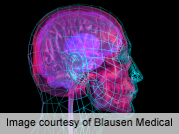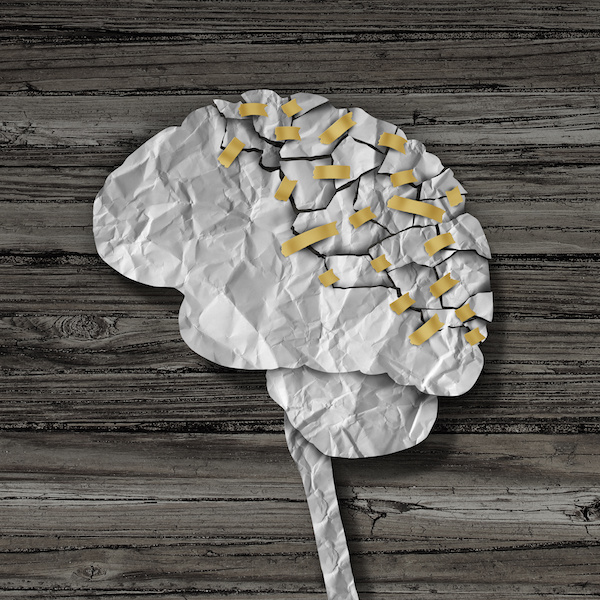
WEDNESDAY, Dec. 26 (HealthDay News) — Brain imaging can identify young people at risk for bipolar disorder, a new study says.
Australian researchers used functional MRI to observe the brain activity of young people when they were shown pictures of faces with happy, fearful or calm expressions.
“We found that the young people who had a parent or sibling with bipolar disorder had reduced brain responses to emotive faces, particularly a fearful face. This is an extremely promising breakthrough,” study leader Philip Mitchell, of the University of New South Wales, said in a university news release.
This reduced activity occurred in a part of the brain known to regulate emotional responses, according to the study scheduled for publication in Biological Psychiatry.
In bipolar disorder, sometimes called manic depression, people experience extreme mood swings. Treatment with mood-stabilizing drugs can help keep a patient’s mood within a normal range.
“We know that bipolar is primarily a biological illness with a strong genetic influence but triggers are yet to be understood. Being able to identify young people at risk will enable implementation of early intervention programs, giving them the best chance for a long and happy life,” Mitchell said.
“Our results show that bipolar disorder may be linked to a dysfunction in emotional regulation and this is something we will continue to explore,” he explained. “And we now have an extremely promising method of identifying children and young people at risk of bipolar disorder.”
Early identification could “significantly improve outcomes for people that go on to develop bipolar disorder, and possibly even prevent onset in some people,” Mitchell said.
More information
The U.S. National Institute of Mental Health has more about bipolar disorder.

